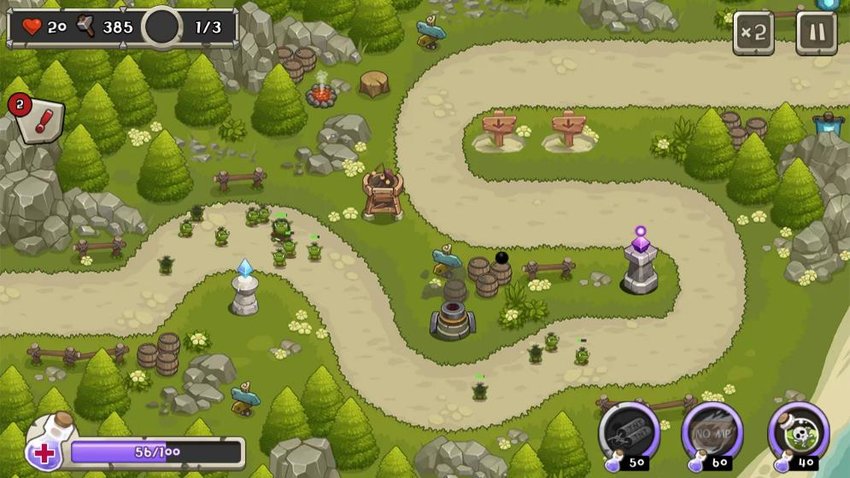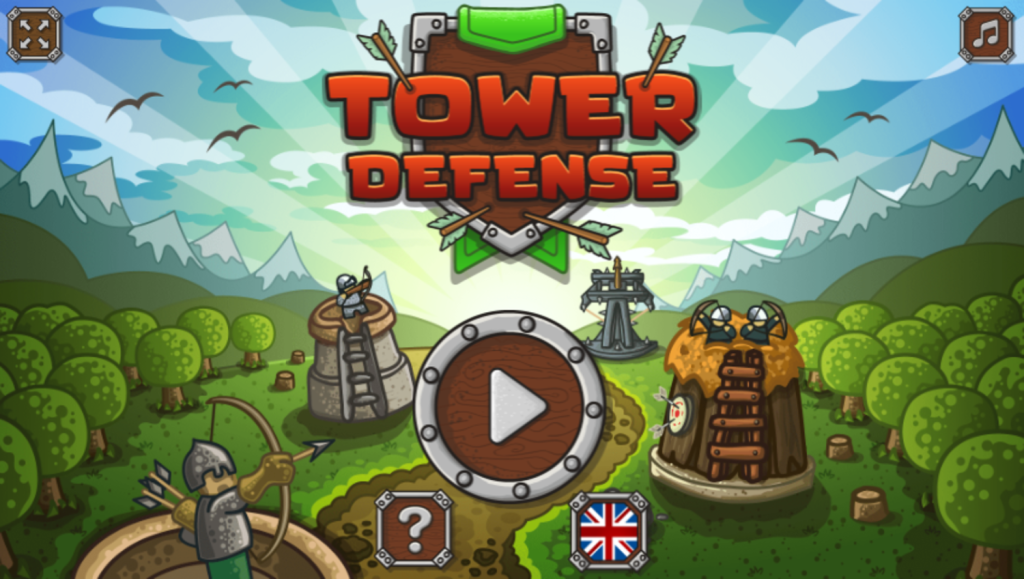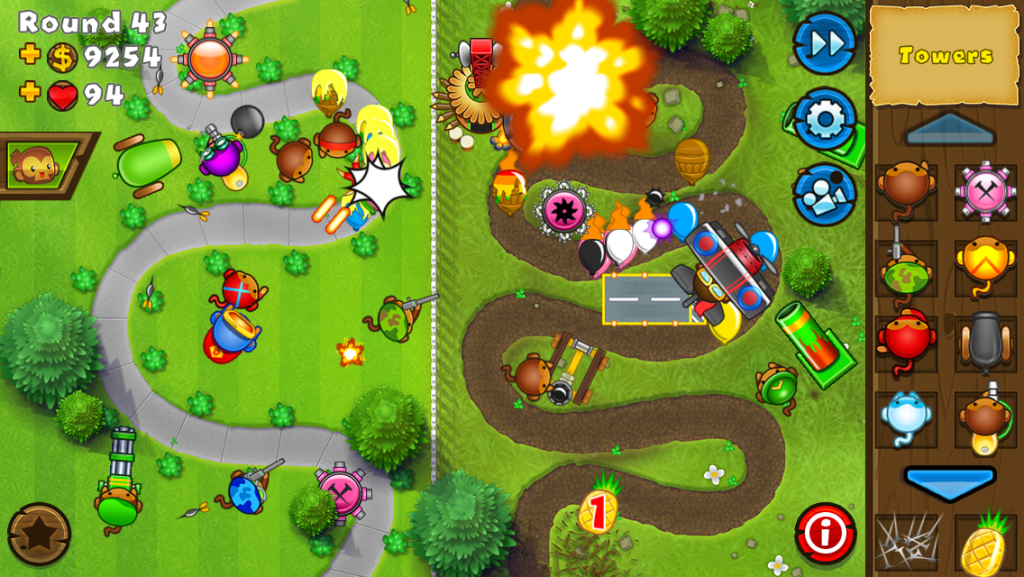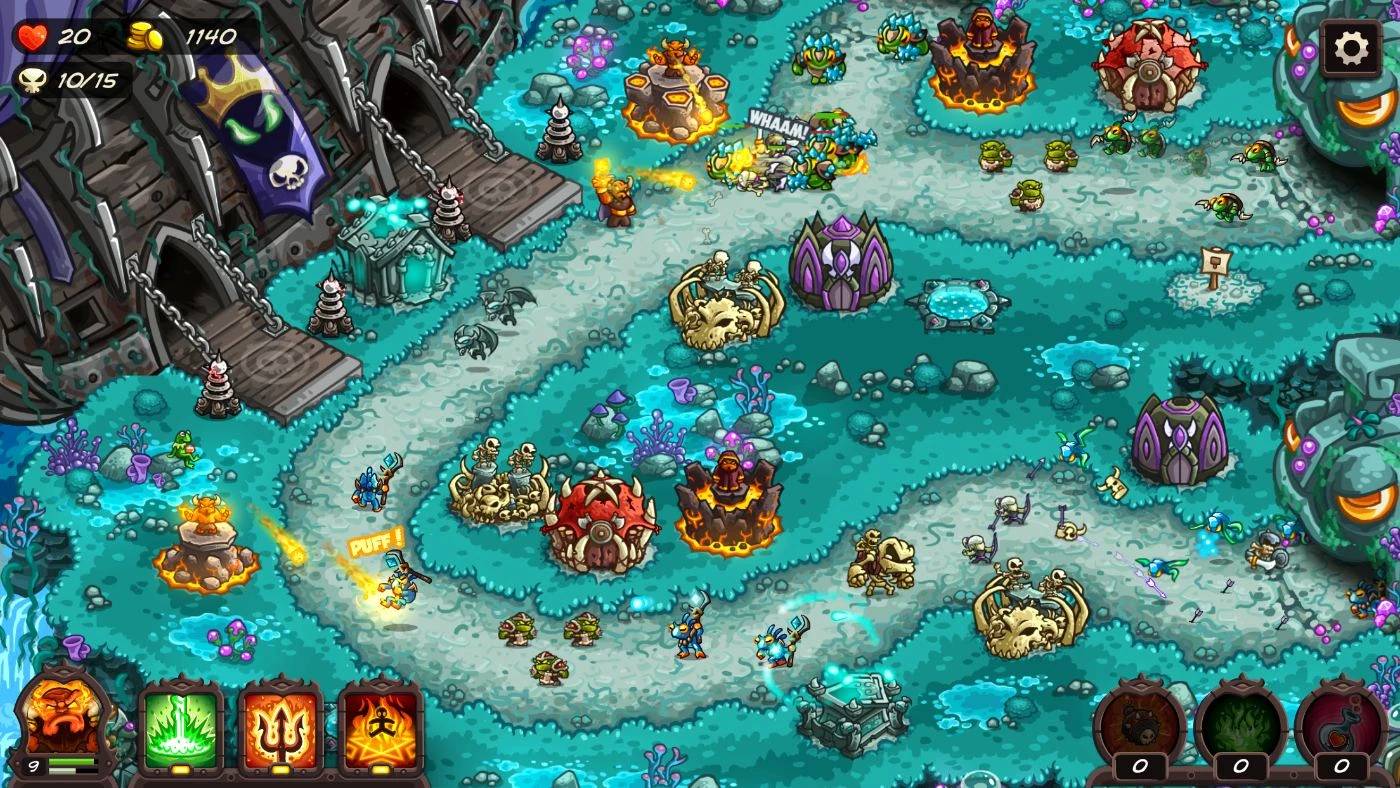Introduction
Tower defense games have been a cornerstone of online browser gaming for decades. They combine strategic thinking, quick decision-making, and satisfying progression in a package accessible to everyone with an internet connection. Unlike many other gaming genres, tower defense requires players to use careful planning, anticipate enemy movements, and optimize resources to fend off waves of foes. Browser-based tower defense games are especially beloved for their simplicity, portability, and ease of access—no downloads, no installs, just instant strategic fun. Whether you’re sneaking in a game at work or relaxing at home, these games promise a mental workout and a fun way to pass the time. In this article, we will explore what makes tower defense browser games so engaging, trace their evolution, highlight iconic titles, and offer tips for players looking to master them.
The Origins Of Tower Defense In Browser Games

Tower defense games have their roots in older real-time strategy (RTS) games. Early RTS titles like StarCraft featured custom maps that introduced the core mechanic of building towers to fend off waves of enemies. Players enjoyed this simplified yet strategic approach so much that it quickly evolved into its own genre. As Flash technology matured in the late 90s and early 2000s, developers saw an opportunity to bring tower defense to browsers. Sites like Kongregate, Armor Games, and Newgrounds became havens for developers to share their creations. This era marked the golden age of browser-based tower defense games, with classic titles like Desktop Tower Defense captivating millions with their straightforward but challenging gameplay. These games were easy to learn but hard to master, perfectly suited to the quick, snackable gaming sessions that browsers enabled.
Core Gameplay Mechanics That Define Tower Defense
At its heart, a tower defense game asks the player to stop enemies—often called creeps or waves—from reaching a specific endpoint on the map. To achieve this, players place defensive structures, or towers, along the enemy’s path. Each tower has unique abilities: some deal splash damage, others target single enemies with high damage, while others might slow or poison foes. Managing resources is central to the experience. Players earn money or points by defeating enemies and must decide when and where to build, upgrade, or sell towers. This economy creates tension between short-term survival and long-term strategy. Maps vary in design complexity, from simple linear paths to sprawling mazes with branching routes. Higher-level strategies emerge as players learn how to “maze”—rearranging tower layouts to extend enemy paths. Balancing tower placement, upgrade timing, and map control is what keeps players coming back for more.
The Evolution Of Browser-Based Tower Defense Games
Tower defense games started simple but have grown in complexity and sophistication over time. Early titles offered basic graphics and straightforward paths. As Flash and HTML5 technology improved, developers added richer art, more enemy types, and layered strategic options. Some games introduced multiple tower types with deep upgrade trees, while others added RPG elements like hero characters that could be leveled up. Storytelling also evolved, with many modern browser-based tower defense games featuring elaborate worlds and narratives. Developers have experimented with hybrid gameplay as well—some tower defense games add resource gathering, city building, or even real-time combat. Despite this evolution, the best games in the genre remain accessible to newcomers while offering enough depth to satisfy hardcore strategists. Browser games continue to be an ideal platform for these experiences thanks to their low barrier to entry and the ability to play anywhere.
Iconic Browser Tower Defense Games That Defined The Genre
Many browser games have left a lasting impact on the tower defense genre. Desktop Tower Defense is one of the earliest and most influential, letting players freely design mazes to maximize damage output. Bloons Tower Defense, starting as a simple Flash game, evolved into a massive franchise with increasingly elaborate maps and tower types. GemCraft offered an RPG-like progression system and highly customizable towers, appealing to players who wanted depth and complexity. Kingdom Rush became famous for its polished art style, tight level design, and hero mechanics, setting a new standard for quality in browser games. These games didn’t just define the genre—they also influenced mobile gaming, where tower defense remains hugely popular. Their success proves that browser games can deliver meaningful, memorable gaming experiences despite technical limitations.
Modern HTML5 Tower Defense Games And The End Of Flash
When Adobe announced the end of Flash, many feared it would spell doom for browser-based tower defense games. However, the shift to HTML5 brought new opportunities. HTML5 games run natively in modern browsers without plugins, ensuring compatibility and performance on desktops, tablets, and smartphones alike. Developers ported classic Flash titles to HTML5 while also creating new games that took advantage of improved graphics and responsiveness. HTML5 also allowed for better integration of online features, such as leaderboards, cloud saves, and even cooperative multiplayer modes. Today’s tower defense browser games are sleeker and more sophisticated than ever before, but they retain the genre’s timeless appeal. Whether you’re revisiting classics or trying new titles, the transition to HTML5 has ensured the survival—and evolution—of the genre for years to come.
The Appeal Of Strategy And Problem-Solving In Tower Defense
Tower defense games are fundamentally about problem-solving. Each wave of enemies presents a unique puzzle: limited resources, specific tower choices, and map layouts challenge players to find the optimal defense. Success relies on pattern recognition—understanding enemy types, predicting movement, and countering strategies with the right towers and upgrades. This cerebral aspect is deeply satisfying, offering a sense of mastery when plans come together perfectly. Unlike many action-heavy games, tower defense appeals to those who enjoy planning over reflexes. There’s also a meditative quality to watching your defenses in action, seeing enemies routed by a well-designed setup. This balance of planning and watching results unfold keeps players engaged over countless playthroughs, trying new strategies and improving their skills.
Balancing Challenge And Accessibility

One reason browser-based tower defense games remain so popular is their accessibility. Anyone can jump into a game within seconds without downloads or sign-ups, and early levels typically introduce mechanics gradually. Good tower defense games balance accessibility with increasing challenge, ensuring new players aren’t overwhelmed while offering veterans meaningful tests of skill. Difficulty modes, endless modes, and special challenges extend replay value and keep players coming back. Developers often design progression systems that reward learning, unlocking new towers or abilities as players advance. This steady sense of growth hooks players and gives them a reason to experiment with different tactics. Accessibility has also made tower defense a favorite genre for education, teaching logical thinking, resource management, and planning in a fun, engaging way.
Community And User-Generated Content
Browser-based tower defense games have always benefited from strong player communities. Many games offer level editors that let players design and share their own maps, adding virtually infinite replayability. Fans exchange strategies, challenge each other with custom levels, and keep games alive for years. Sites like Kongregate and Newgrounds weren’t just hubs for playing games—they were forums for discussion, feedback, and collaboration. Even as Flash faded, these communities migrated to new platforms, ensuring that the spirit of shared creativity lived on. User-generated content also pushes developers to innovate, as they see what creative players can do and adapt those ideas into official updates or sequels. This symbiotic relationship between developers and players has been vital to the genre’s longevity.
Monetization And Free-To-Play Models
Most browser tower defense games have historically been free to play, supported by ads or optional microtransactions. This model ensures wide accessibility while giving dedicated players a way to support developers. Ads might show between levels or offer bonuses for watching, while microtransactions can unlock cosmetic upgrades, new levels, or powerful towers. While some games have been criticized for “pay-to-win” elements, the best titles maintain balance by ensuring that all content is unlockable through skill and patience. Many developers also release premium versions of their games with extra features or ad-free experiences for a small price, supporting sustainable development while respecting players’ time and investment.
Adapting Tower Defense For Mobile And Cross-Platform Play
While this article focuses on browser-based tower defense games, it’s impossible to ignore their massive success on mobile. Many classic browser games have found new life on smartphones and tablets, with touch controls proving a natural fit for placing and upgrading towers. Cross-platform play is also becoming more common. Some HTML5 games save progress to the cloud, letting players continue their game on any device. This flexibility has expanded the audience for tower defense, ensuring the genre’s continued evolution. Developers now often design games with multiple platforms in mind, maintaining the pick-up-and-play appeal of browser games while adding the polish and depth expected on mobile.
Innovative Twists On The Tower Defense Formula
While the core gameplay of tower defense remains remarkably consistent, developers constantly experiment with new ideas to keep the genre fresh. Some games combine tower defense with deck-building mechanics, where players must collect cards representing towers or upgrades. Others add roguelike elements, with procedurally generated maps and permadeath runs that require constant adaptation. Hybrid games blend tower defense with real-time strategy, city-building, or even first-person shooter perspectives. These innovations ensure that even veteran players can find new challenges and surprises. Browser-based games, with their relatively low development costs and experimental spirit, are often at the forefront of these creative twists.
Educational Uses Of Tower Defense Games
Tower defense games aren’t just fun—they also offer valuable educational benefits. By requiring players to think critically about resource allocation, timing, and spatial strategy, they help develop planning and problem-solving skills. Some educators use tower defense-style games to teach concepts ranging from math to computer science, leveraging the genre’s approachable mechanics to make learning engaging. Because browser-based games are accessible on nearly any computer, they’re particularly well-suited for use in schools, where installing complex software can be difficult. Even outside formal education, many players find that tower defense games offer a way to exercise their brains while relaxing—a perfect blend of entertainment and mental challenge.
Tips For Mastering Browser-Based Tower Defense Games
Success in tower defense games requires more than luck—it’s about learning the rules and mastering the nuances. Beginners should focus on understanding each tower’s strengths and weaknesses, experimenting with placement, and learning when to upgrade or replace towers. Timing is critical: building the right tower at the right moment can mean the difference between victory and defeat. Advanced players learn to anticipate enemy waves, optimizing their layouts for different types of foes. They also manage resources carefully, balancing spending on new towers with upgrading existing ones. Many games reward creative “mazing” strategies—forcing enemies to take long, winding paths while under constant fire. The best way to improve is simply to play, try new tactics, and learn from failures.
The Social Side Of Tower Defense Gaming

While traditionally a single-player experience, tower defense games increasingly incorporate social features. Leaderboards let players compete for high scores, while cooperative modes challenge friends to defend together. Browser-based games often integrate with social media, making it easy to share progress or invite friends to play. Community events and challenges keep players engaged and encourage friendly competition. These social features turn what might be a solitary pastime into a shared experience, building connections between players around the world. Developers understand that fostering a sense of community can be just as important as designing great gameplay, ensuring players stick around long after completing the main campaign.
The Future Of Browser-Based Tower Defense Games
Looking ahead, the future of browser-based tower defense games appears bright. Advancements in web technology continue to lower barriers to high-quality visuals and complex game mechanics. Developers are exploring cross-platform play, integrating advanced multiplayer features, and leveraging cloud saves to make the player experience seamless. The rise of WebAssembly and other performance-boosting technologies promises even more sophisticated games running smoothly in the browser. At the same time, the indie spirit that drove the genre’s early days remains alive and well. Small teams continue to experiment with new ideas, ensuring the genre evolves while staying true to its strategic roots. Players can expect even more creative, accessible, and challenging tower defense experiences in the years to come.
Conclusion
Tower defense browser games occupy a special place in the gaming landscape. Their mix of strategy, accessibility, and replay ability has made them enduringly popular across generations of players. From humble beginnings in Flash to modern HTML5 masterpieces, these games have evolved without losing their core appeal. They invite players to plan, adapt, and master the art of defense, delivering both quick entertainment and deep, satisfying challenges. Whether you’re a newcomer exploring the genre for the first time or a veteran revisiting old favorites, there’s never been a better time to dive into the world of browser-based tower defense games.

